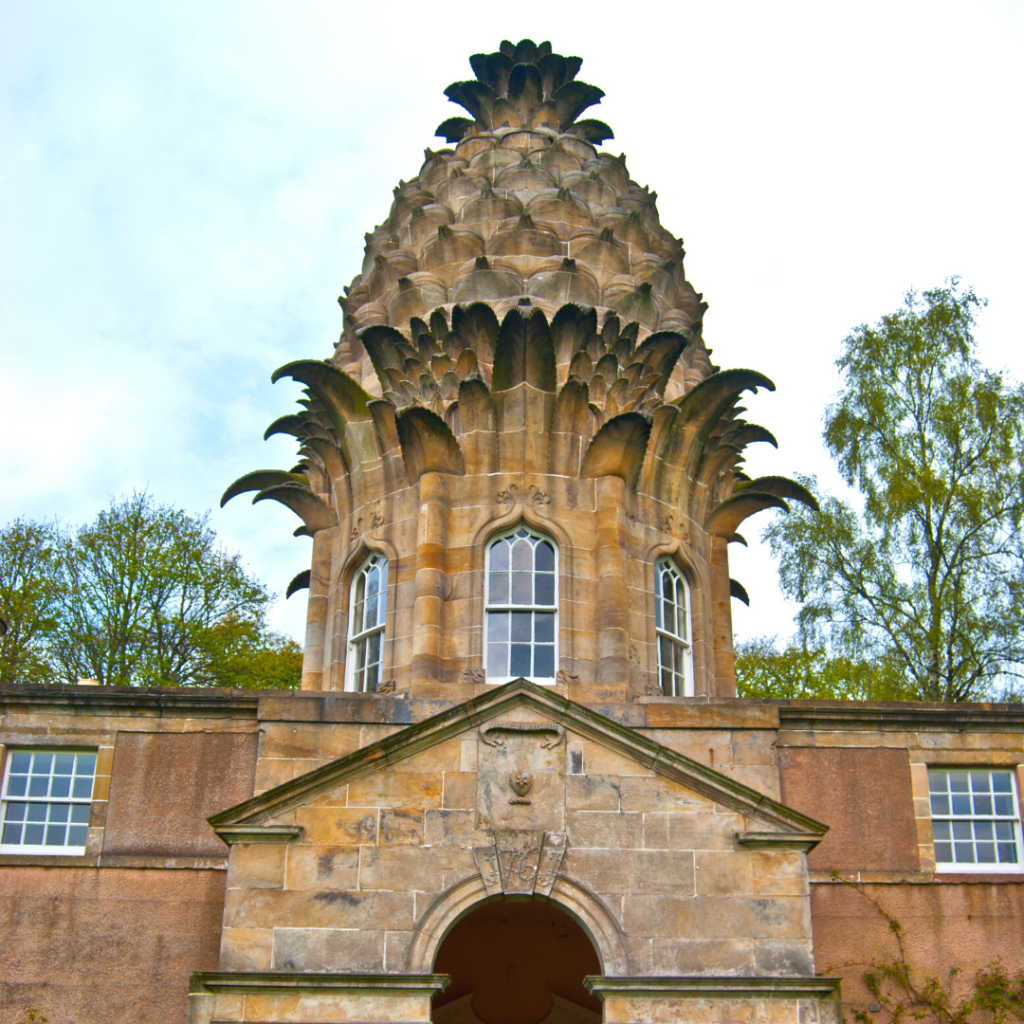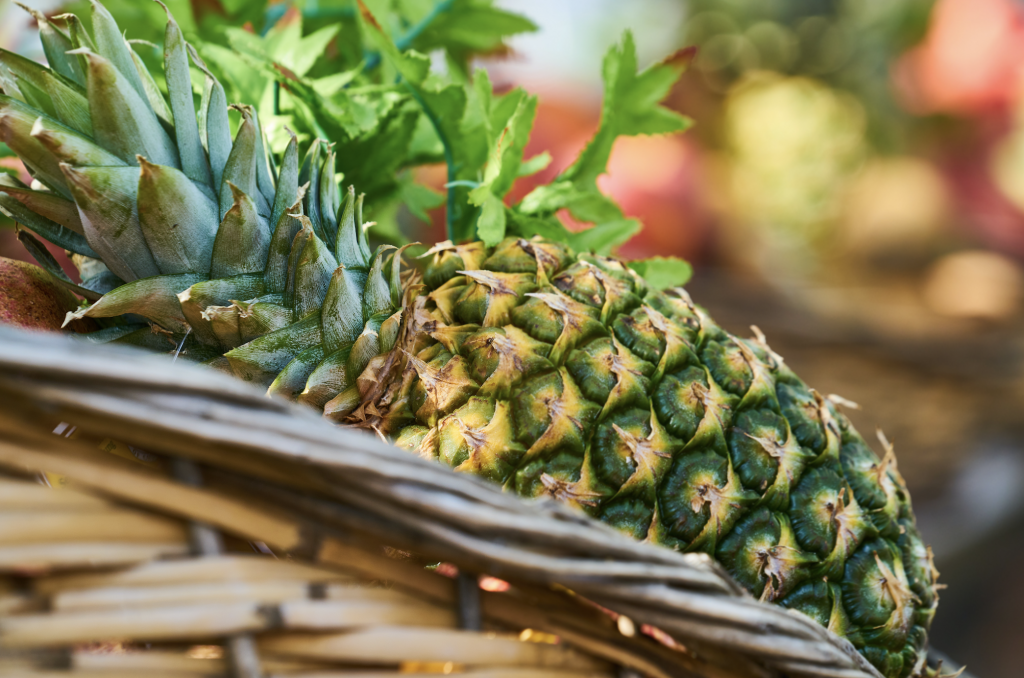
Pineapple Has a Larger than Life Story
The citrus and sweet flavor of pineapple is something we all know and love – but the fruit was not always quite as accessible. It’s easy to take it for granted today with the perfect pineapple available at grocery stores around the corner and across the country. In fact, they were so scarce back that having one was equivalent to being royal.
During the 14th century, cane sugar was expensive, and finding saccharine ingredients was no easy task. So, when pineapples were first discovered, they created a craze that would last for centuries.
A Sweet Discovery

Christopher Columbus sailed the ocean blue in 1492, but in 1493 he first spotted the exotic-looking fruit on the Caribbean Island of Guadeloupe. The pineapples were immediately cherished by the people of Spain, but the Spaniards realized pineapple was nearly impossible to grow in Europe. The fruit could only be acquired by a trip across the Atlantic, so it gained a noteworthy reputation.
Famous figures like Charles II, King Ferdinand, and Louis XV were some of the wealthiest people of the time, so they were the only ones that could afford to have pineapple. The fruit became a symbol of luxury across Europe. They had a place as a centerpiece at dinner; only to be viewed, of course. And leave your designer bag at home, because people would rent pineapples to carry around as an accessory in order to flaunt their social status.
Cultural Impact of Pineapple

The symbol of the pineapple became so imprinted on society at the time that it made its way into art, architecture, and design…hundreds of years later! In 1761 an architect named William Chambers began construction on the Dunmore Pineapple. Located in Scotland, the magnificent building was used as a summerhouse by the Earl of Dunmore who wanted to admire the views from his estate. Today, you can rent the Dunmore Pineapple yourself for a vacation stay. St. Paul’s Cathedral in London is also adorned with pineapples. This cathedral is known for its mammoth size; it has one of the largest domes in the world! An array of art is present, but pineapples are incorporated into every corner. The original plans even had a 60-foot gold pineapple atop the dome, although it didn’t make the final cut.
Pineapple as A Royal Symbol of Hospitality

The reverence toward pineapples didn’t end in Europe though, pineapples that arrived in America were still considered a novelty. Exoticism and scarcity produced a hefty price; $8,000 would get you only one pineapple, and the fruit was only eaten once it started to rot. Because of these attributes, those who could afford to have one made it known. Dinner parties of the high-class included a gathering of many people, and typically a big reveal of the dining room. So, when it was time to eat and the dinner table was revealed, a pineapple embellished setting had guests feeling honored. The fruit was considered one of the highest symbols of hospitality as it meant the host went to extremes to please their guests.
Since mass production of pineapples began in the late 1800s, they lost their royal status. But, now everyone gets to enjoy the healthy benefits of pineapple. The crowned fruit is the 11th most popular in the world. The people of Europe would have been obsessed with the fact that you could grow a pineapple in your own home!
If you want more interesting facts about pineapples sent straight to your inbox, subscribe to the CHF newsletter today.


